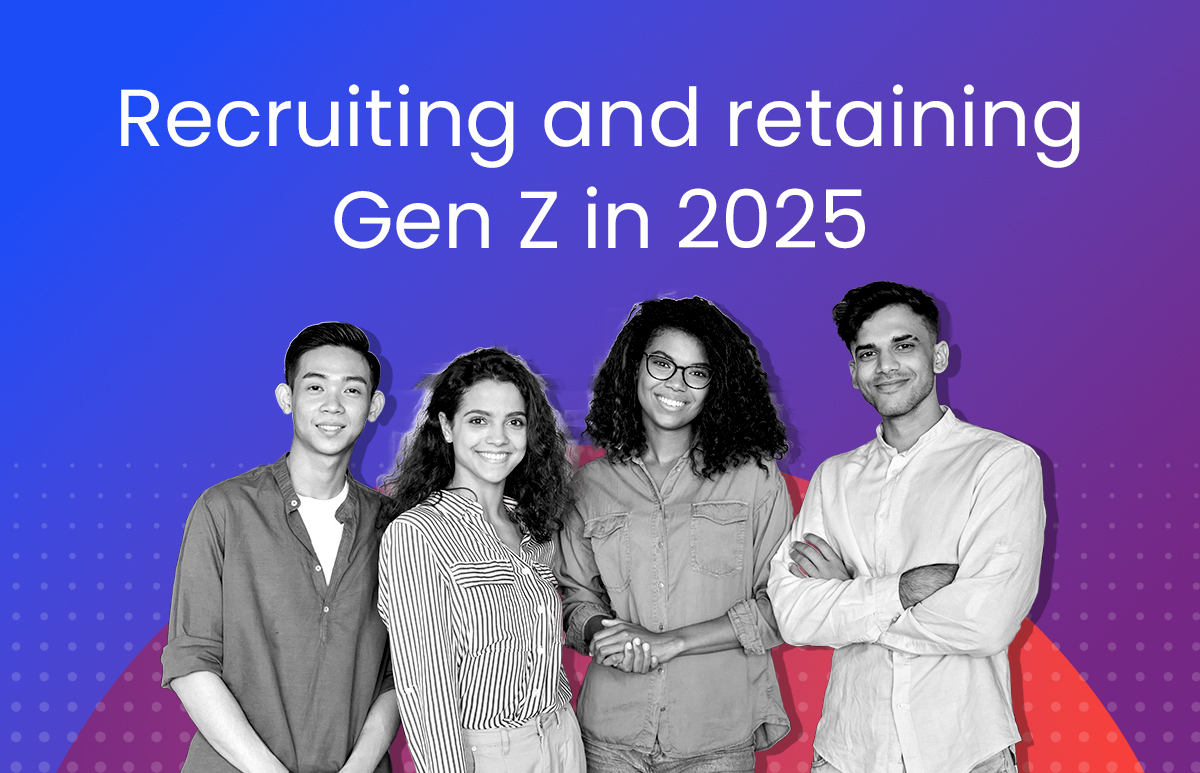Improve Your Onboarding Experience With These Three Steps
The onboarding process is an organisation’s first real chance to make a lasting impression on new recruits. And in todays’ talent-tight market, the risk of losing a new hire to a poor onboarding experience should be top of mind for HR professionals.

The cost of recruiting and onboarding new hires, only to see them leave within the year, hurts employers. It also affects company culture over time as it points to a lack of attention to employee wellbeing and engagement.
ELMO’s new Employee Sentiment Index highlights the onboarding challenges employers are facing. The survey of 500 New Zealand workers revealed that one in seven Kiwi workers say they have left a job within their first year of employment.
The most common reason they gave for leaving was that the job or organisation did not match with expectations set during the recruitment process, according to around 40% of respondents. A further 17% said they left due to a poor onboarding experience.
Our survey also uncovered how long it takes for a new hire to decide whether their move was the right choice. Almost 40% of respondents say they know whether their new job was the right move within one month. However, just under a third say they know the answer within one week or less.
There is no set time for how long onboarding should take, as it will differ depending on the industry, company, and role. However, it’s important to remember that onboarding will be one of the first experiences your new hire has with your company. Even if the recruitment process has gone as smoothly as possible, your new recruit may form serious impressions about the company based on the onboarding experience. This is why it’s imperative to ensure that your onboarding process makes the new employee feel confident that they’ve made the right choice by signing on.
With all this in mind, here are three steps HR leaders can take to rethink the onboarding process, making it easier to engage with new hires even in a hybrid workplace.
Step #1: Create a consistent experience
The first and most important step is ensuring you have a formal introduction to the company that is consistent across all new hires, whether they are being onboarded virtually or in-person.
Without a formal process in place, it can be difficult for a person joining your organisation to gain clarity on their new role and opportunities for future growth. An onboarding system can ensure that all the right information is relayed to new hires at the right points throughout their onboarding journey, reducing the risk of information overload.
According to the HR Benchmark Report, 88% of respondents said that onboarding was either a high or medium priority for their organisation. More than half of all respondents already had a fully implemented onboarding tool in place, and 45% said that technology would play
a major part in tackling onboarding as a priority.
Technology can also be used to enhance the new hire experience as well as the experience for managers and HR overseeing the onboarding process. An online process that includes visual workflows, accessible and interactive resources, and personalised information can drastically improve new employee engagement.
Step #2: Personalise the journey
This might seem like a contradiction to step one, but it’s equally important that organisations engage with new hires on a personal level. Although the experience should be consistent in quality across the organisation, there are ways to introduce a degree of personalisation that will help to make new recruits feel valued. For example, why not give employees the choice over how they’re onboarded, whether in-person or virtually. It’s also a good idea for managers to create a bespoke first-week schedule for their new team members.
Step #3: Emphasise company culture
One of the top onboarding challenges for organisations can be integrating new hires into teams and company culture. That said, it doesn’t have to be difficult to provide opportunities for new hires to bond with team members, especially with the right technology and tools.
Most organisations have learnt to adjust to virtual collaboration and communication within teams. However, it’s important to remember that employees need to also interact outside their own teams to enhance their understanding of the wider business, align their work with the organisation’s goals and socialise with a wider cohort of colleagues.
Make sure that your new hires are not too isolated and that they have a chance to interact with employees across the company, contributing to their overall sense of belonging. Company-wide virtual gatherings, team-building exercises or a ‘buddy system’ can go a long way to integrate new hires into the company culture.
Encourage social connection during onboarding by setting goals beyond KPIs and technical aspects, such as scheduling brief calls to meet new team members each week. There are even engagement apps to help with team building available that will match up employees from different areas so they have a chance to meet people they may otherwise not get to interact with.
First impressions count
There has never been a more important time to use onboarding as an opportunity to lock in employee loyalty and assure them that they’ve made the right decision by joining your organisation.
Technology can play a significant role in building consistency, personalisation and culture into the onboarding experience. Tools that provide the right metrics can help leaders improve systems and processes with insights based on actual data rather than verbal feedback and anecdotal evidence.
With high employee turnover anticipated in 2022, these conversations are a proactive way to retain employees. Research from Gallup indicates that 52% of employees who leave their jobs feel their manager or organisation could have done something to prevent them from leaving.
Find out more about how you can leverage technology to transform your with employee experience with ELMO Onboarding.
 HR Core
HR Core 









